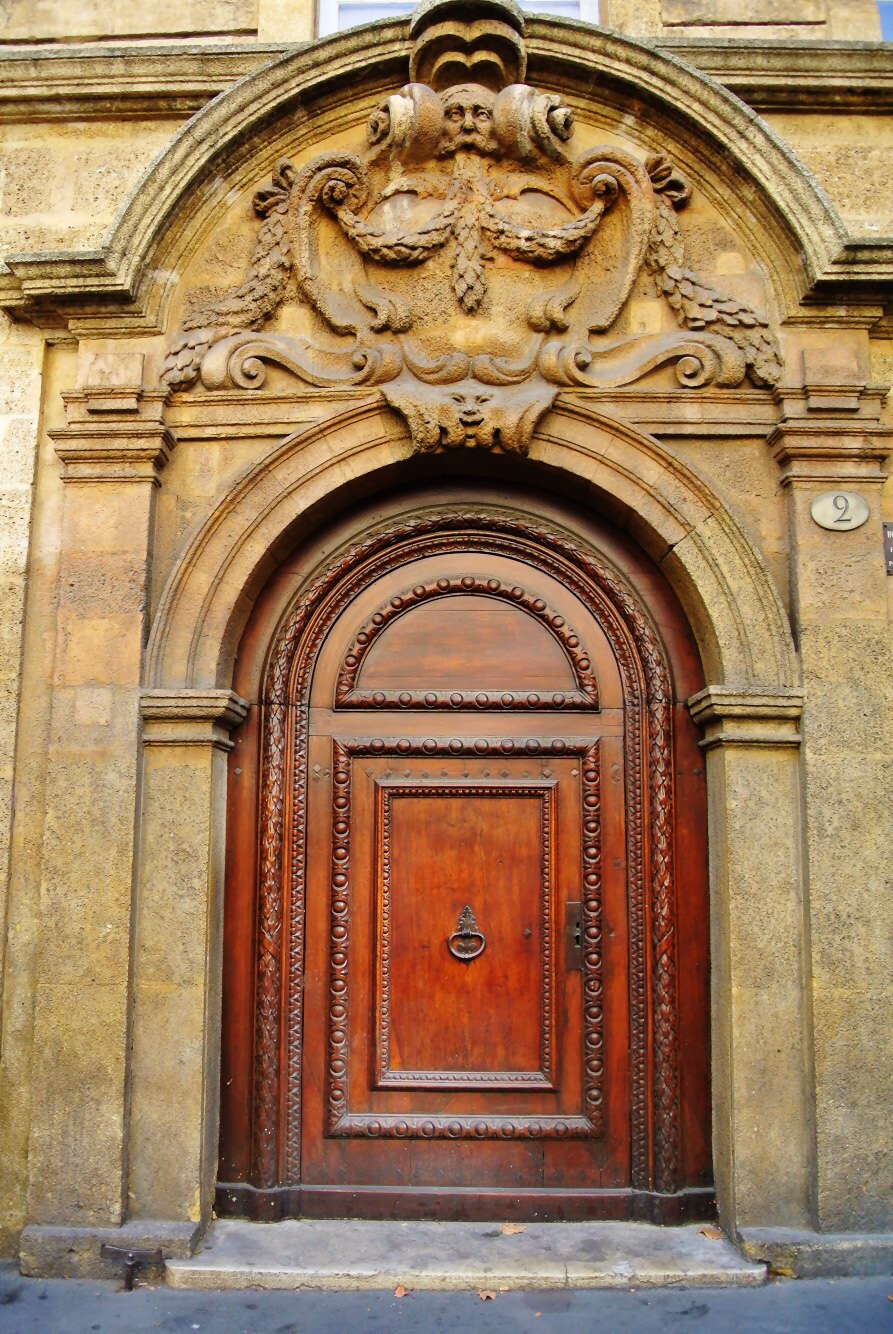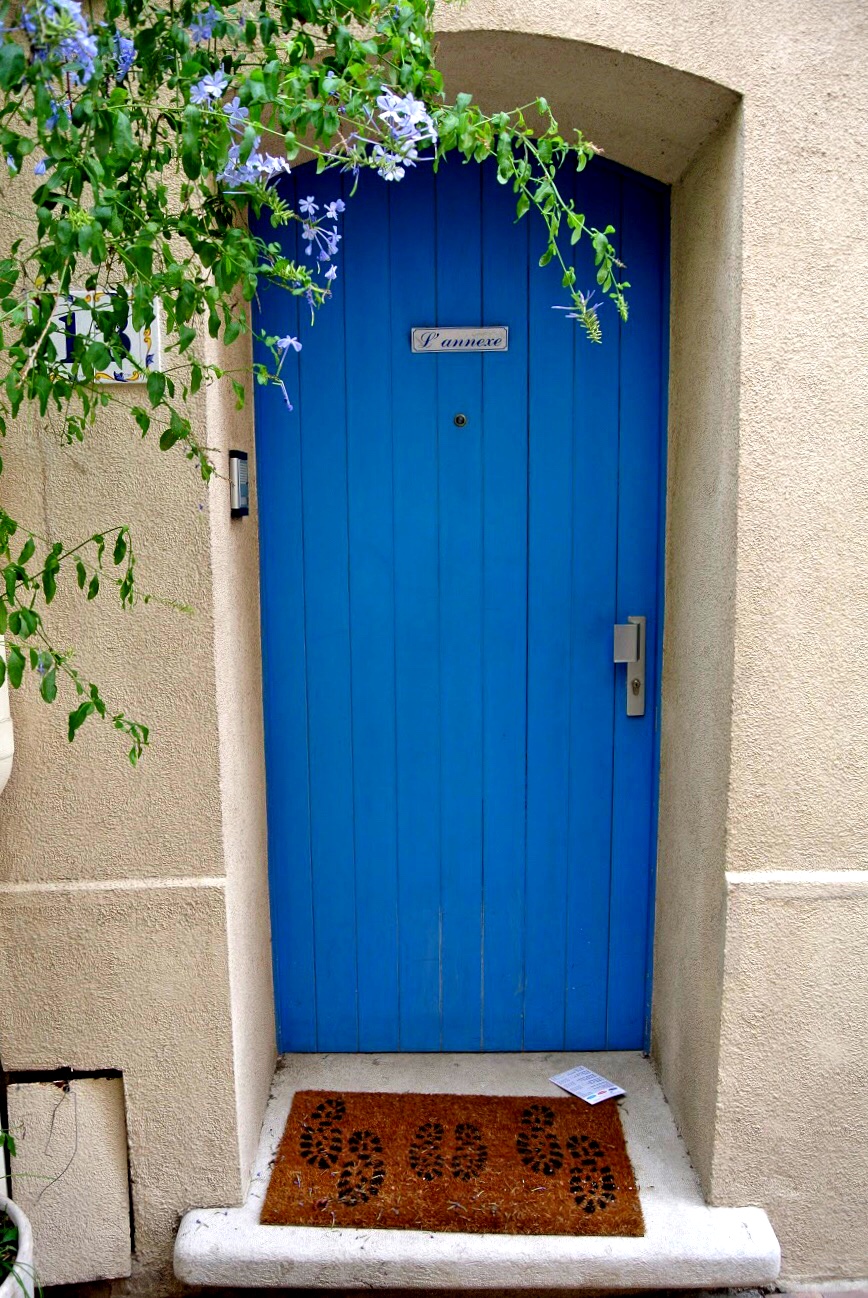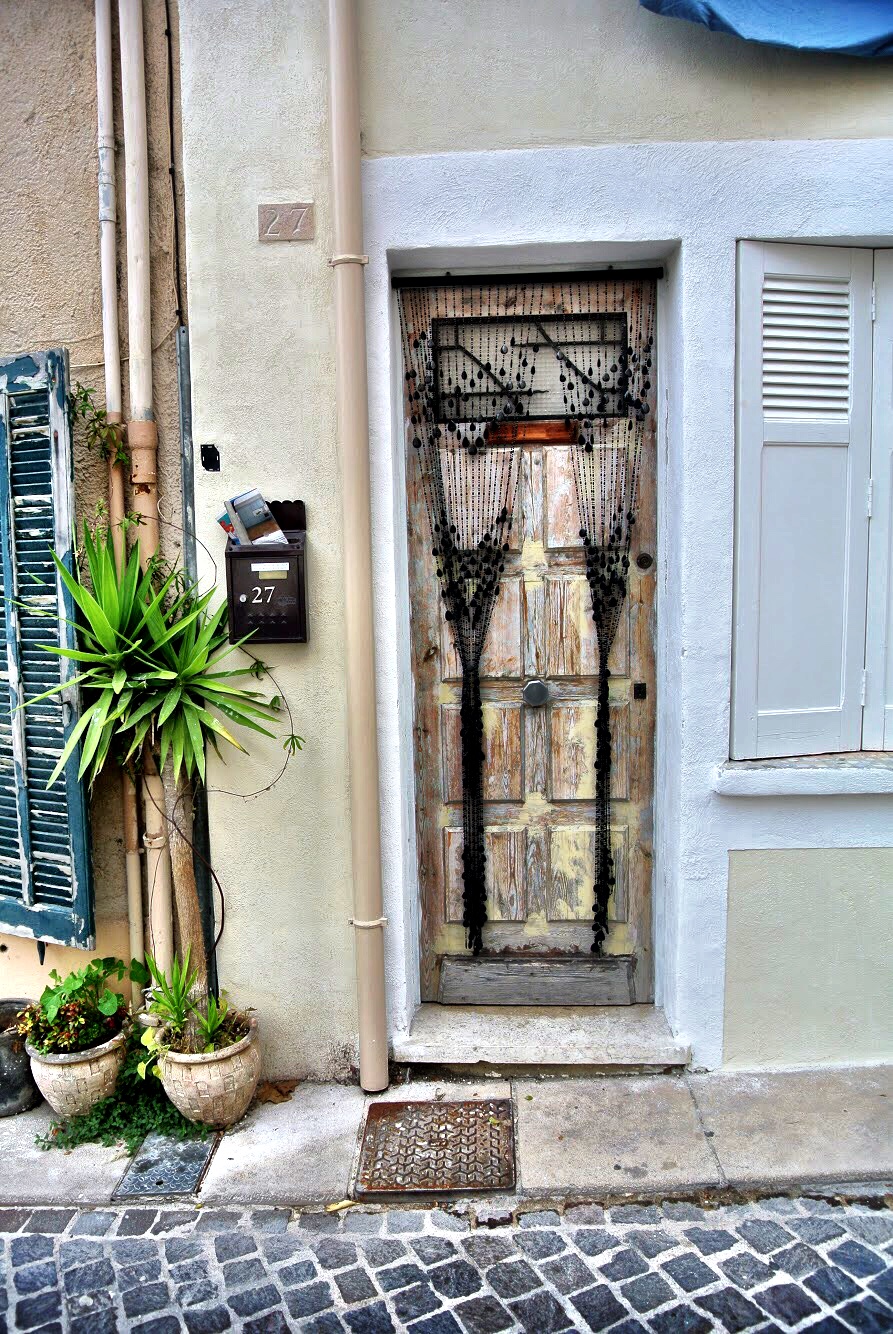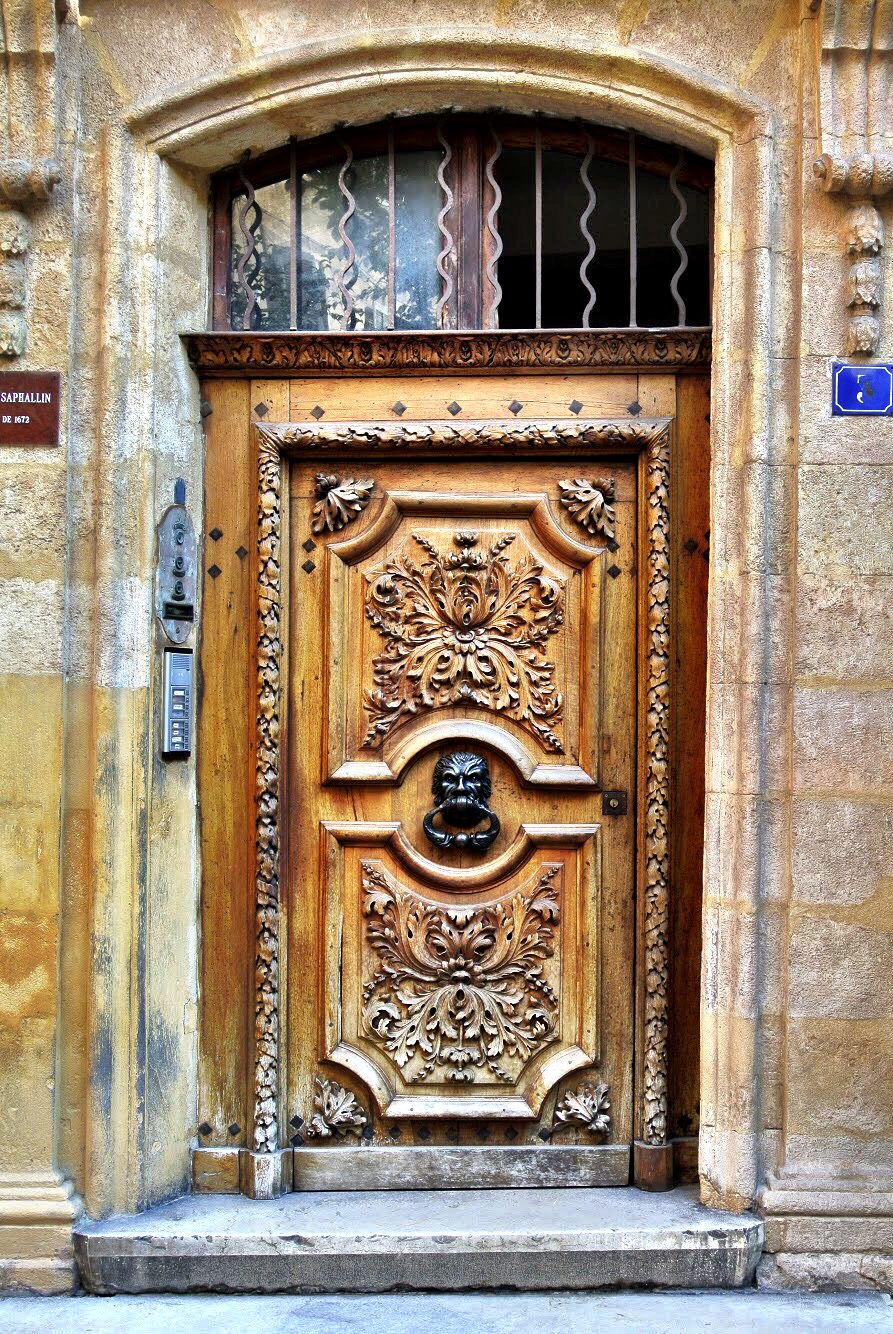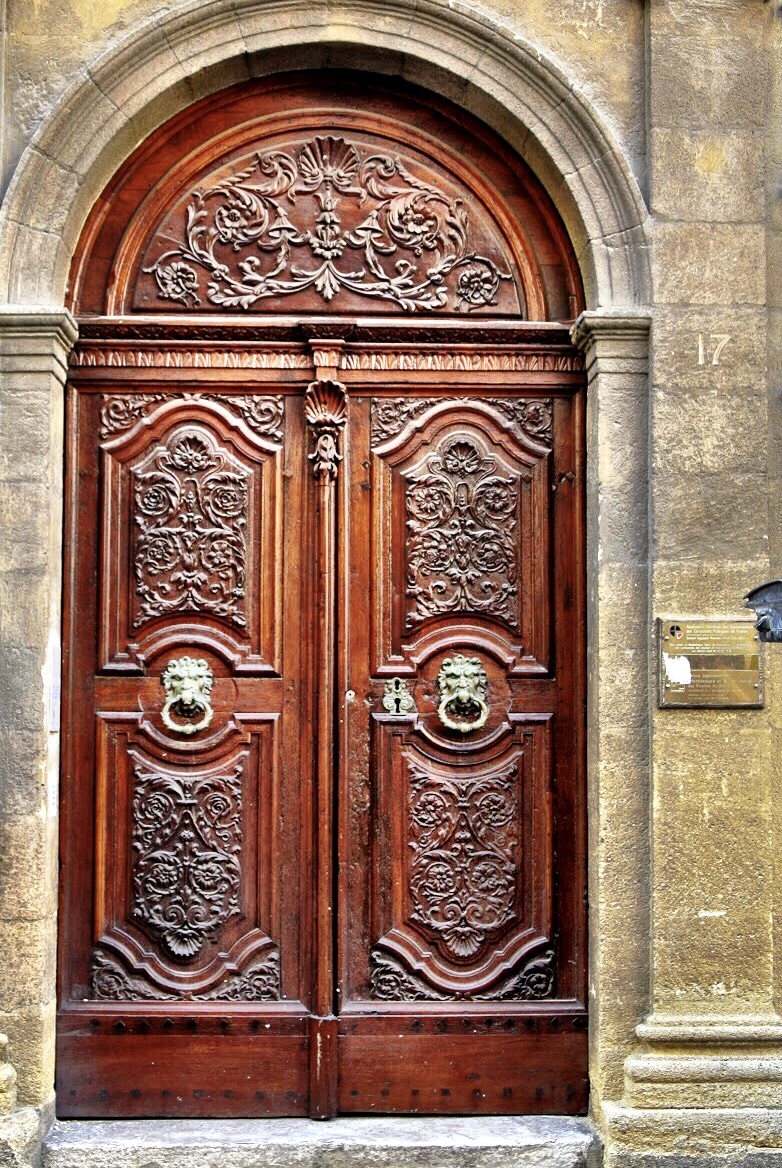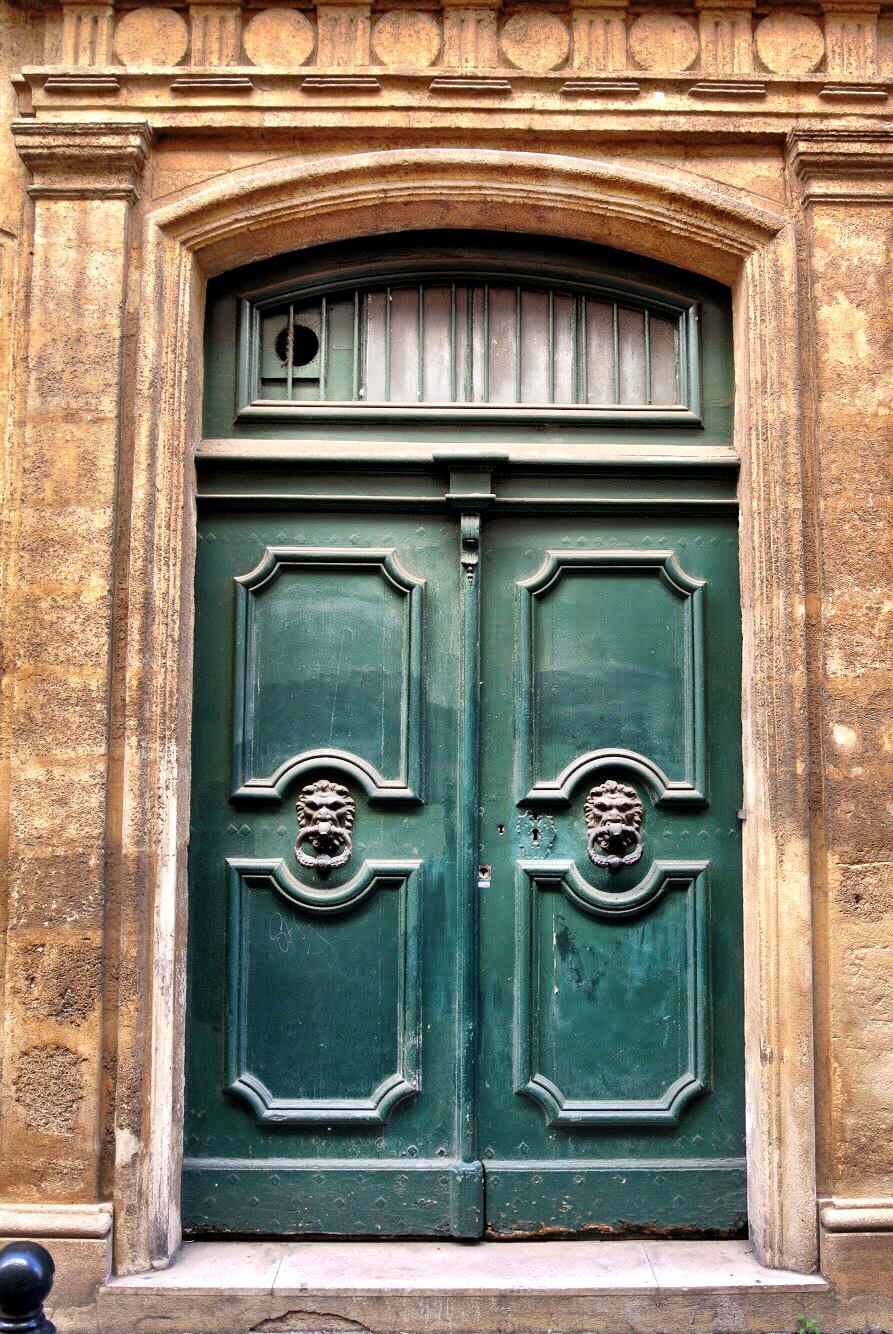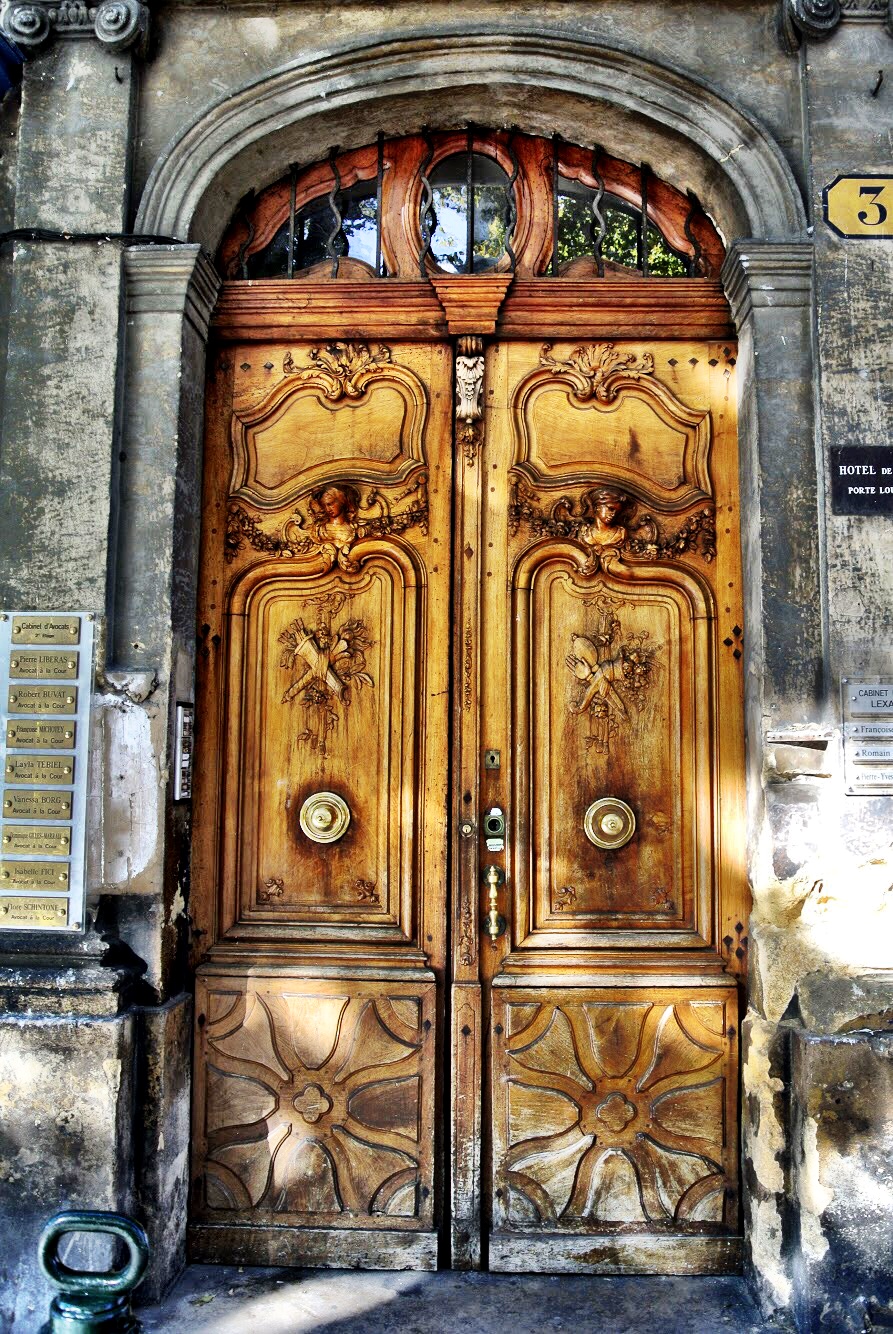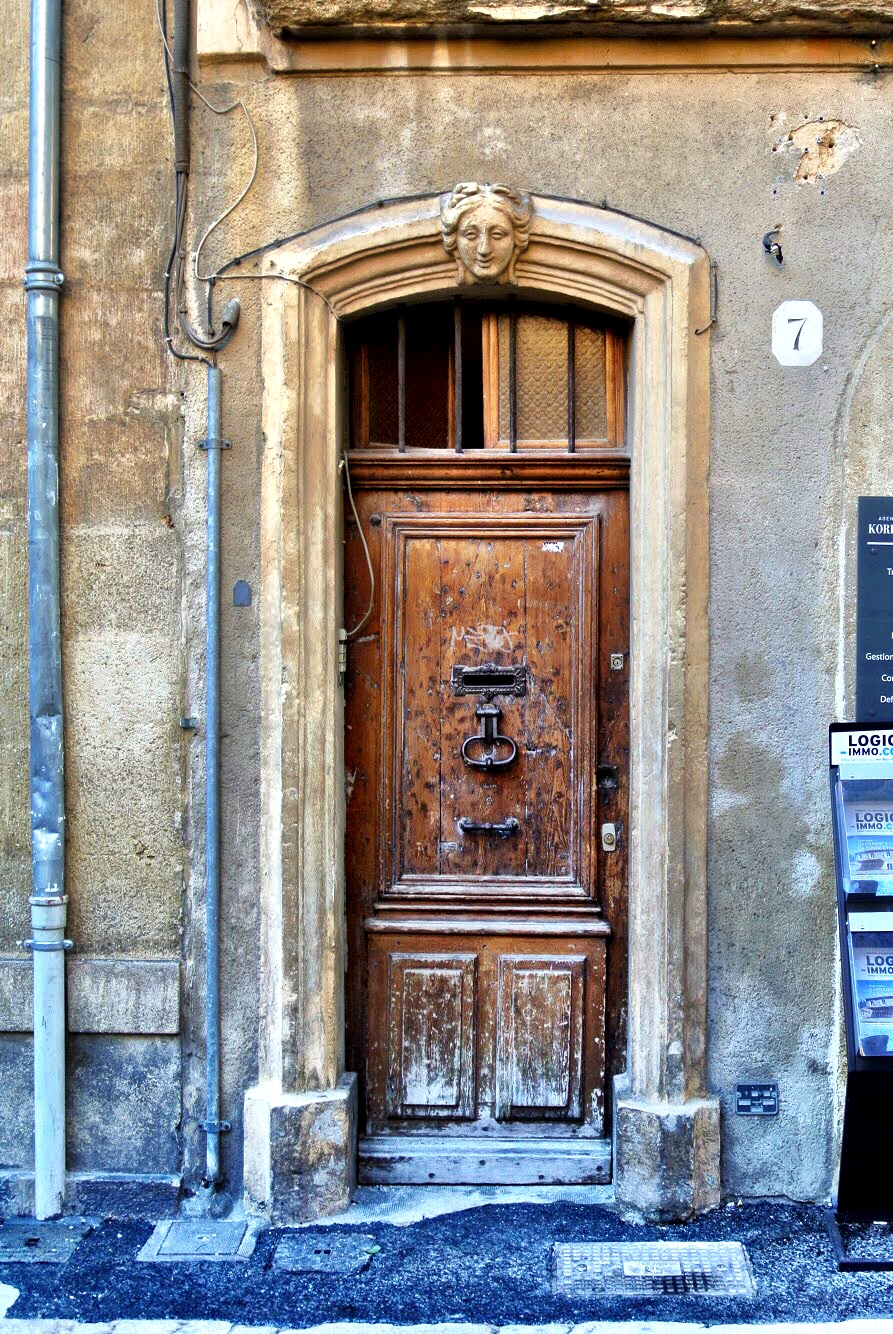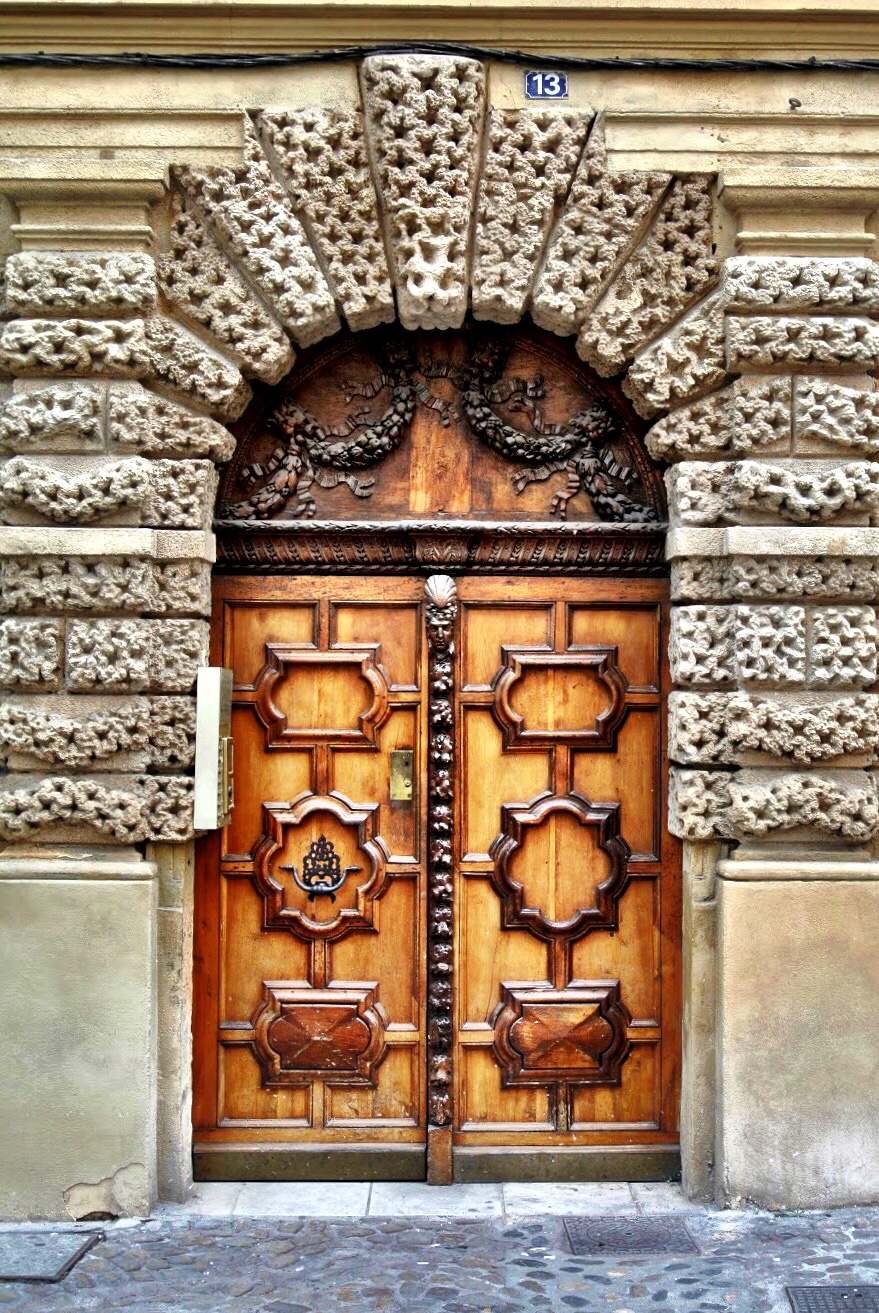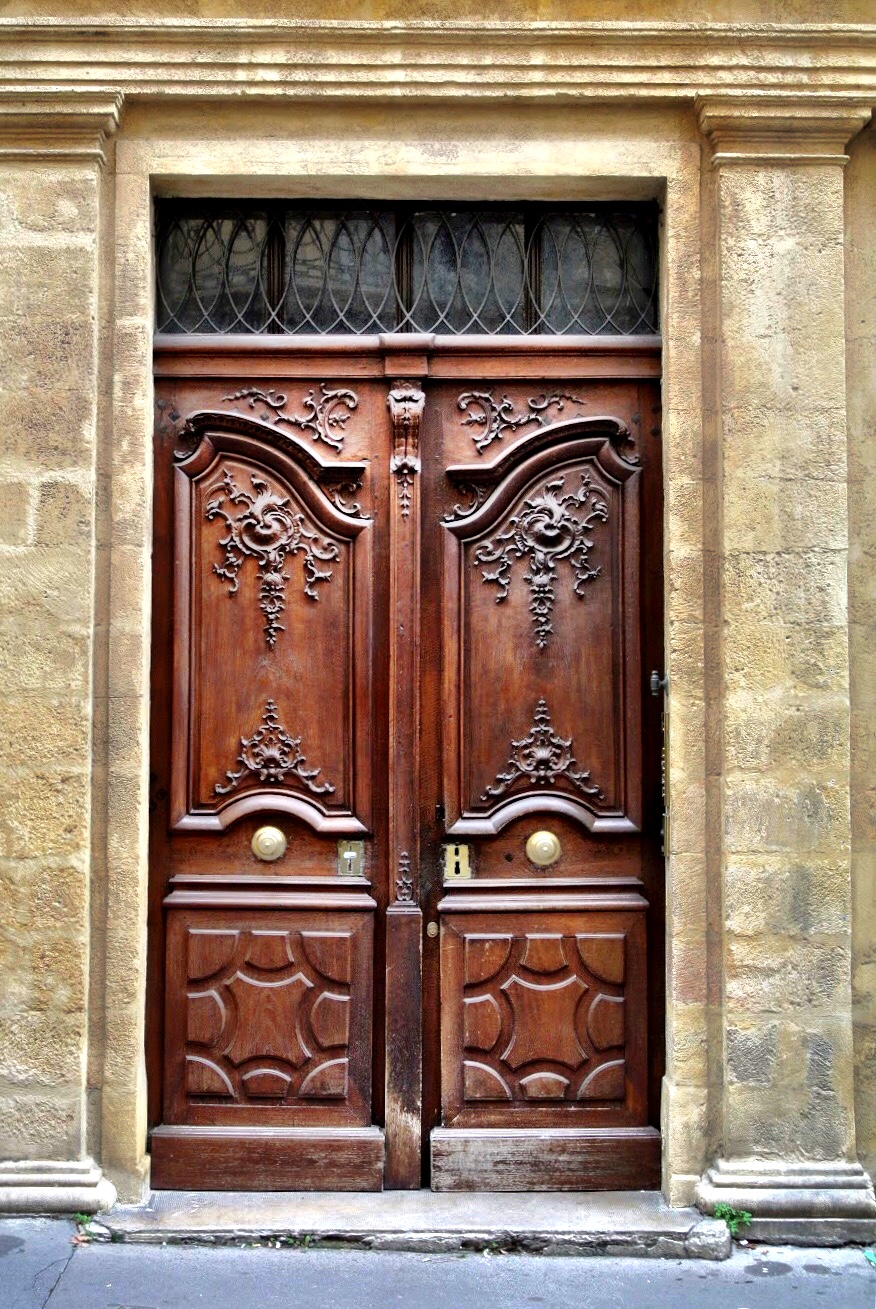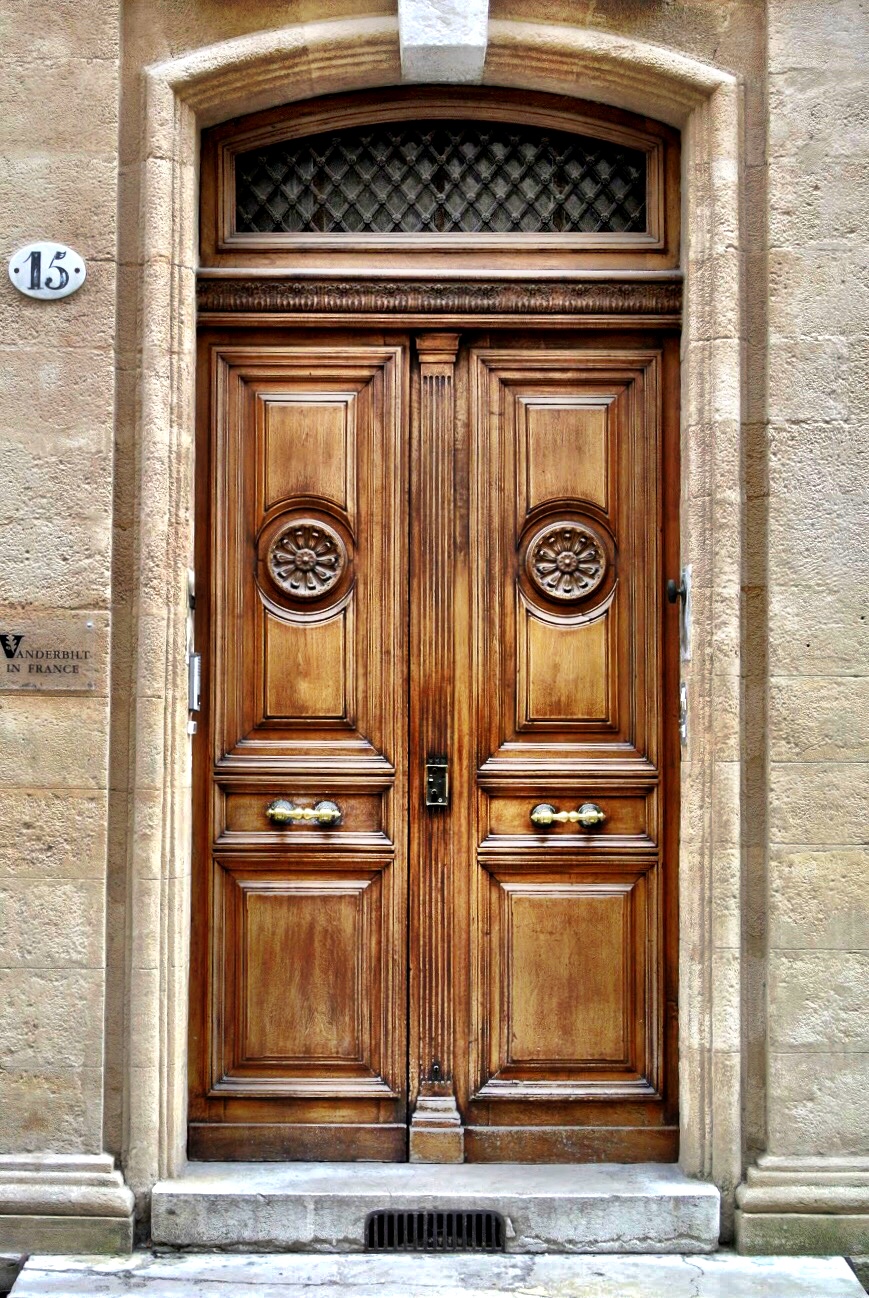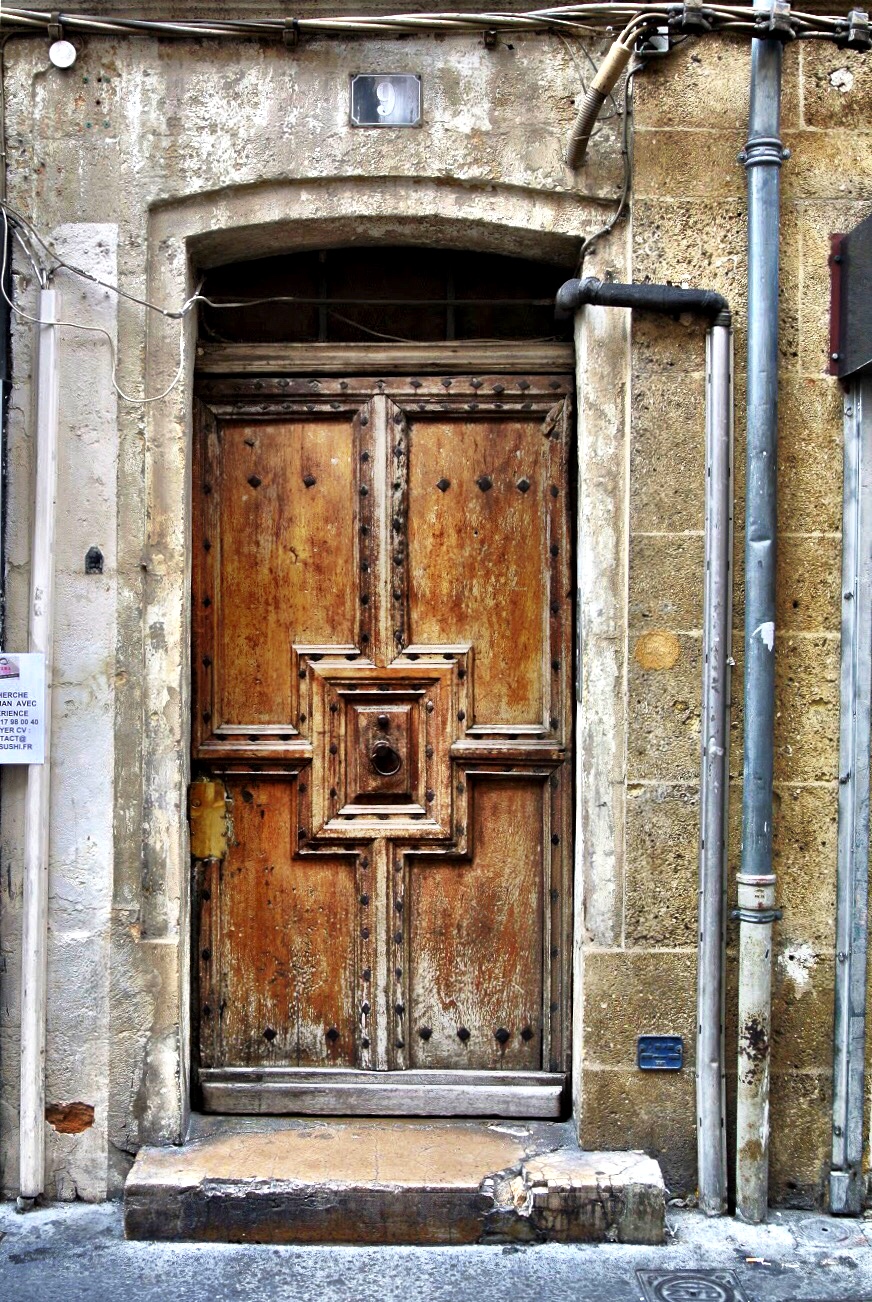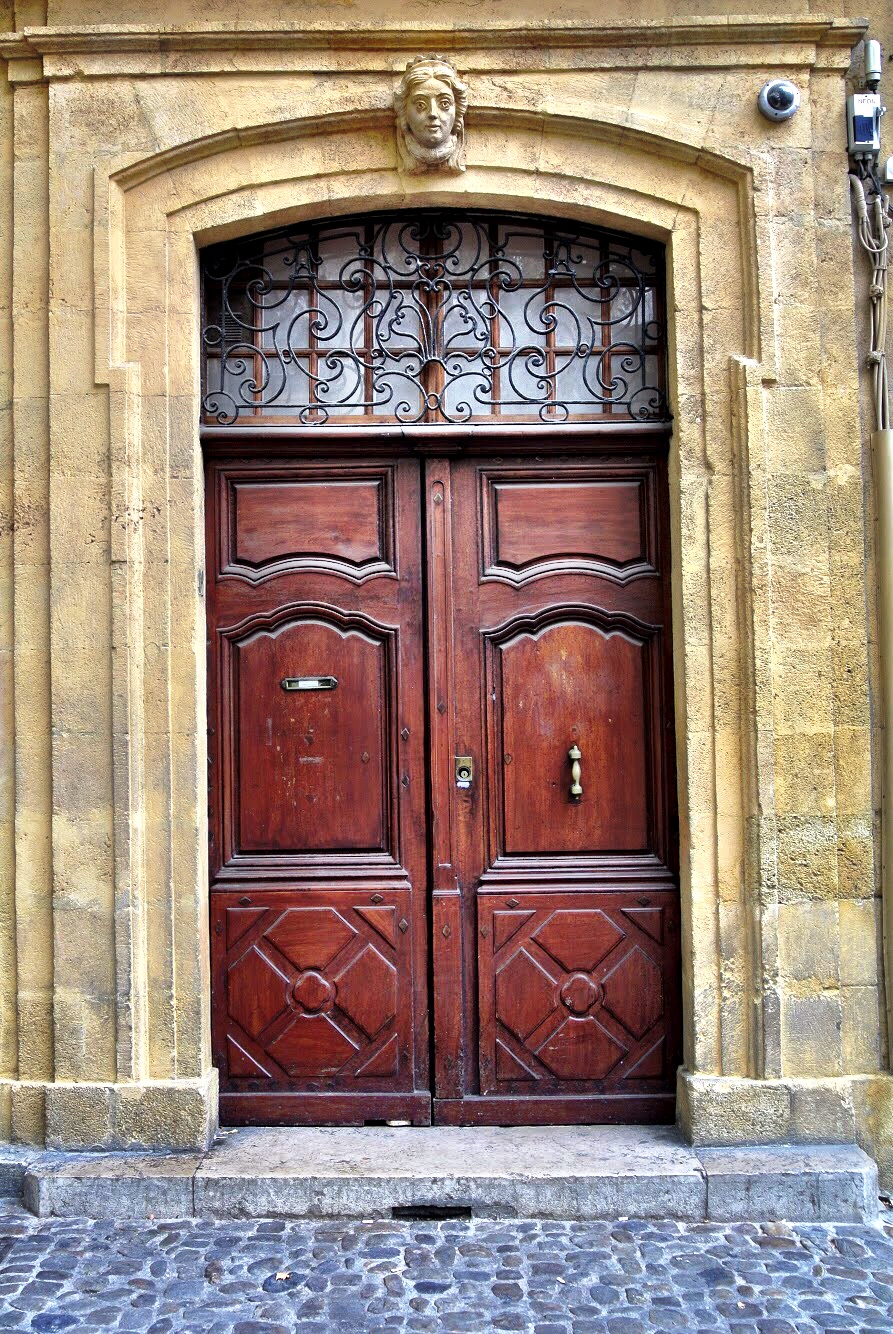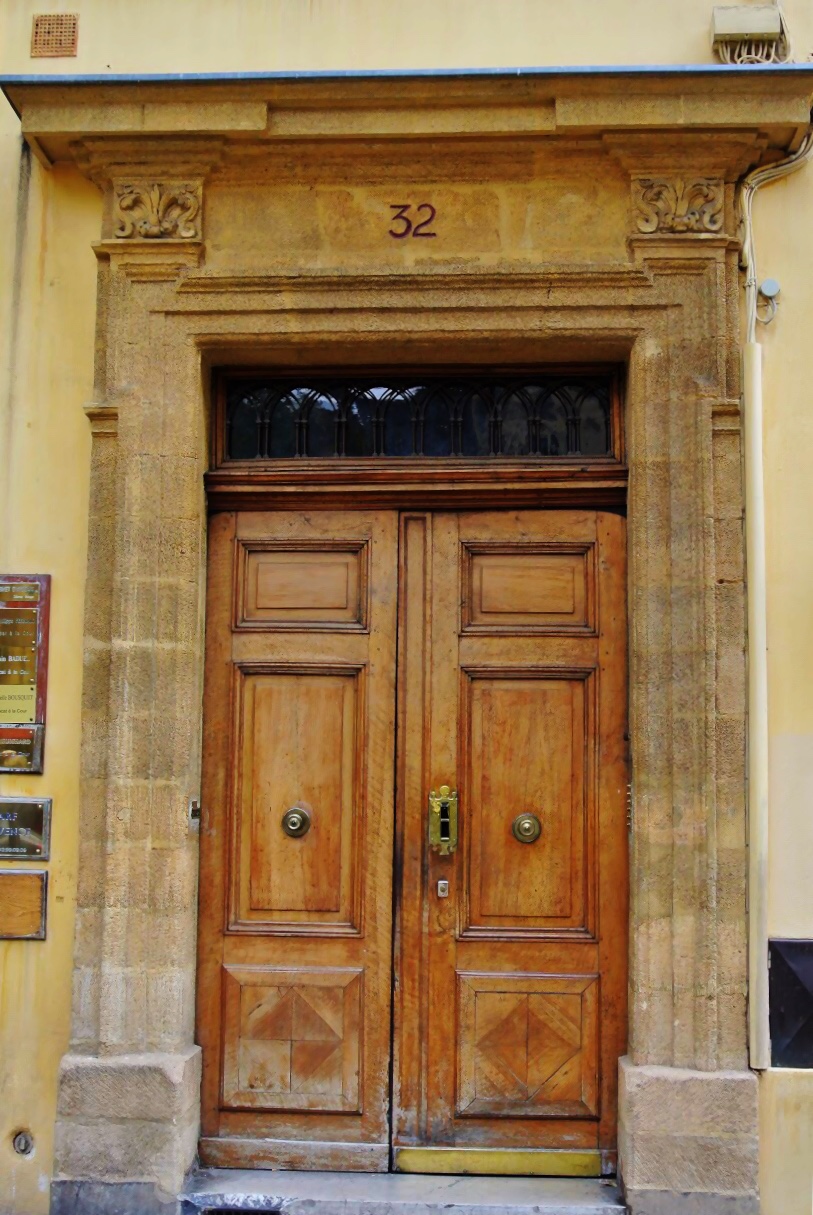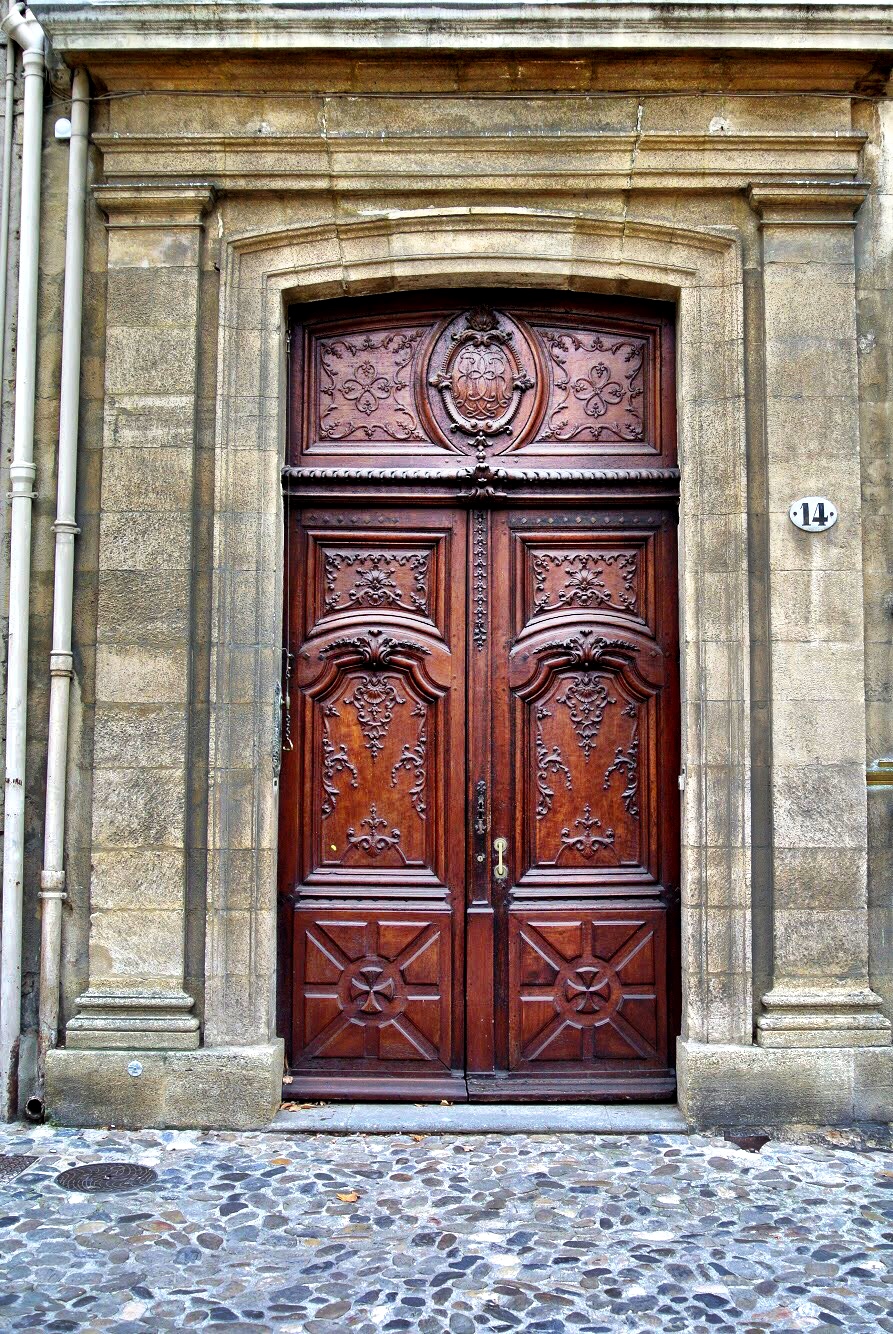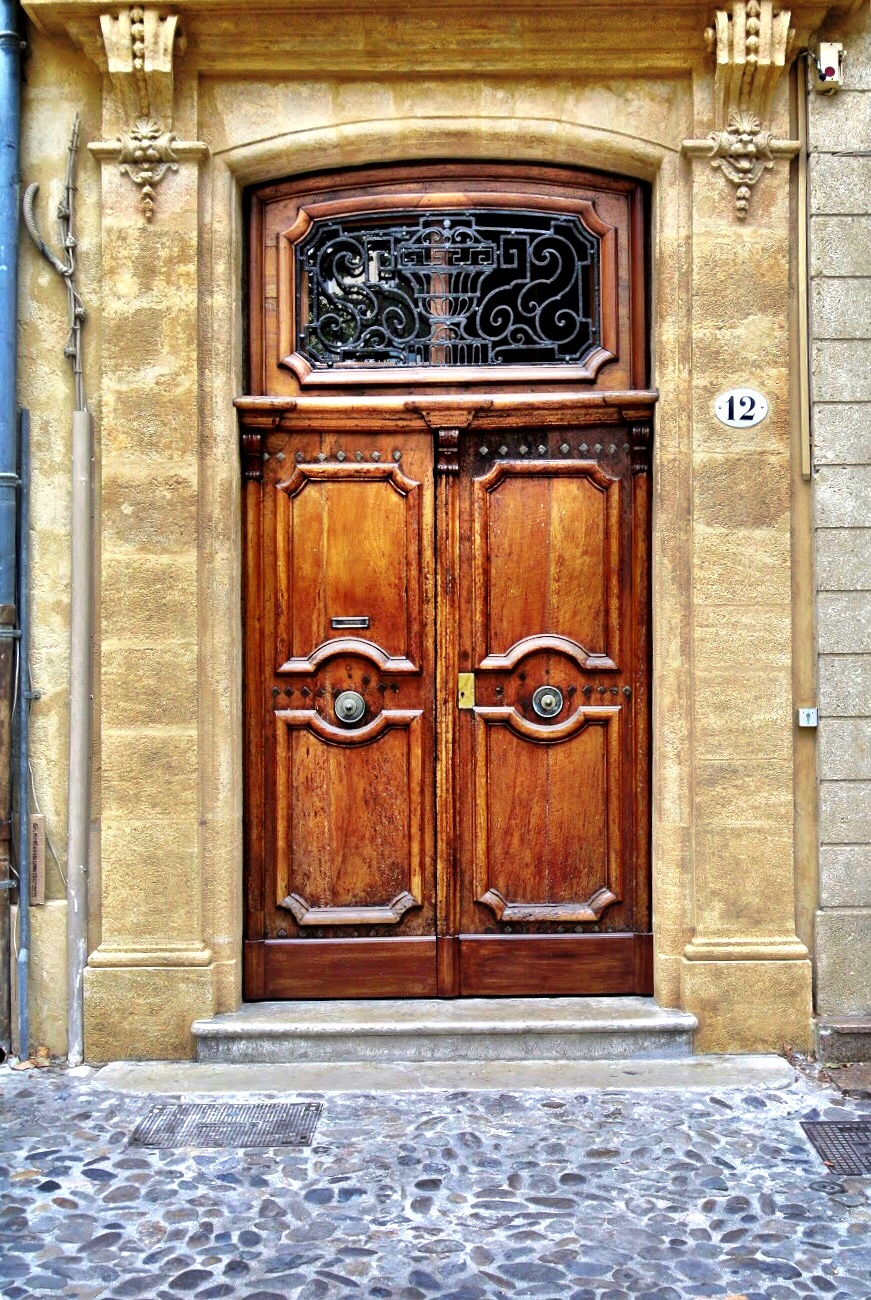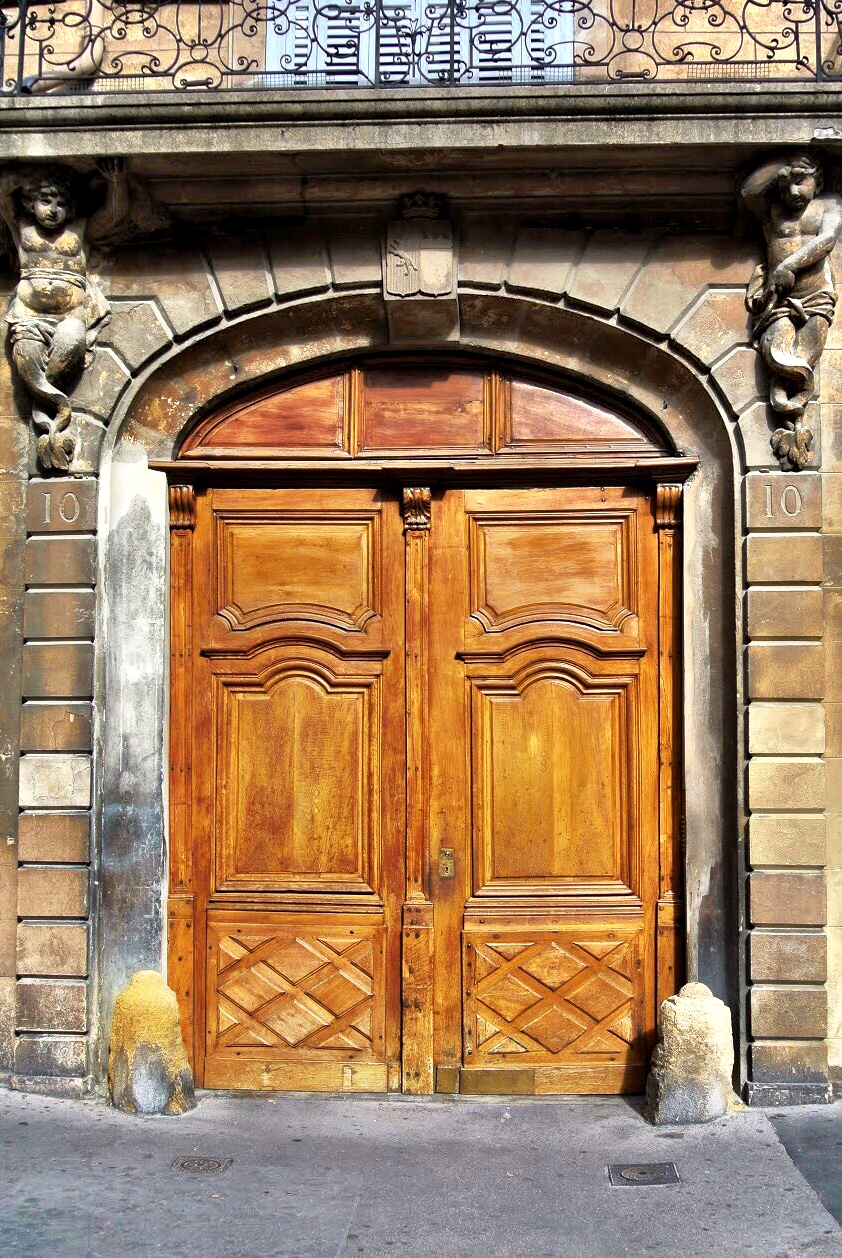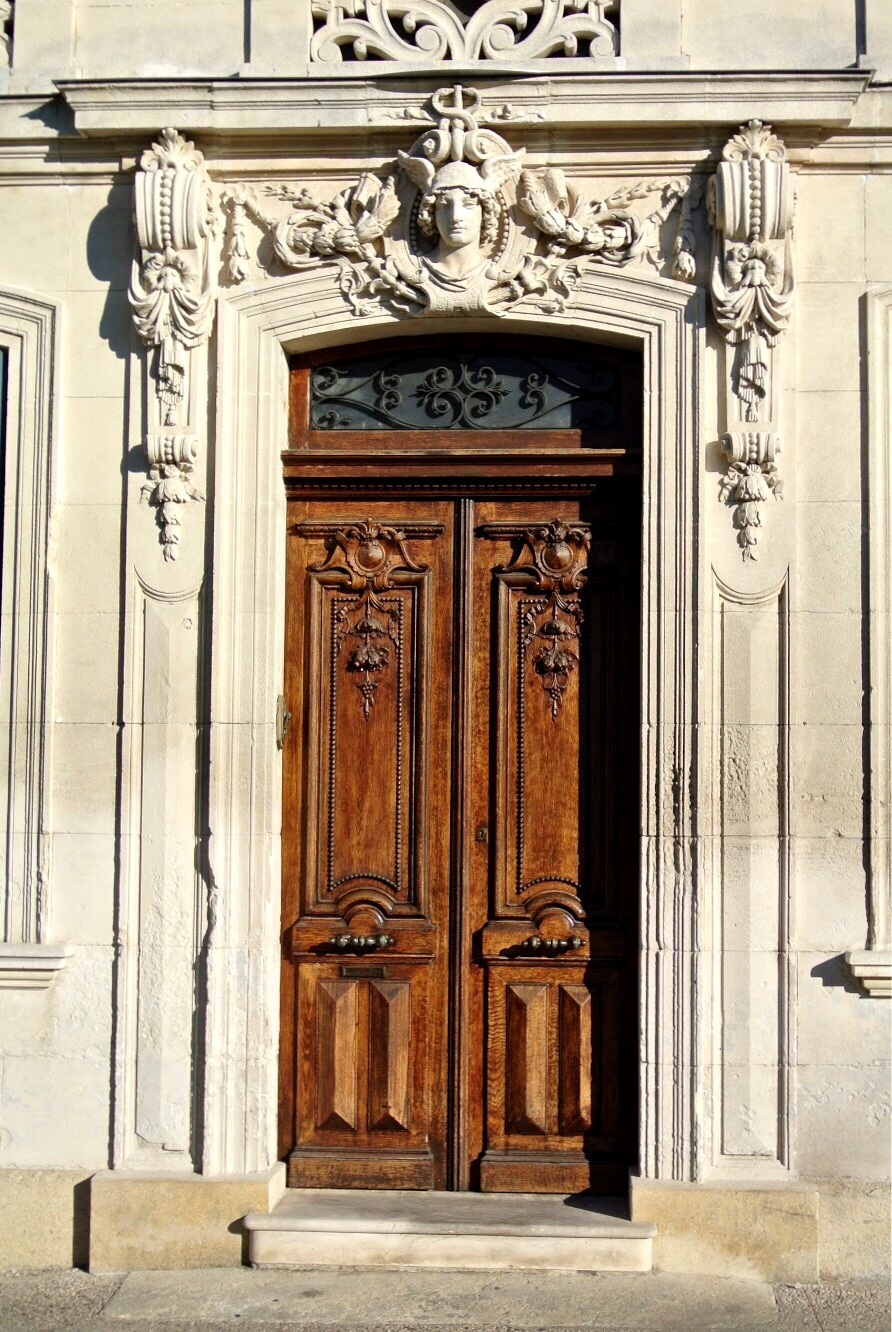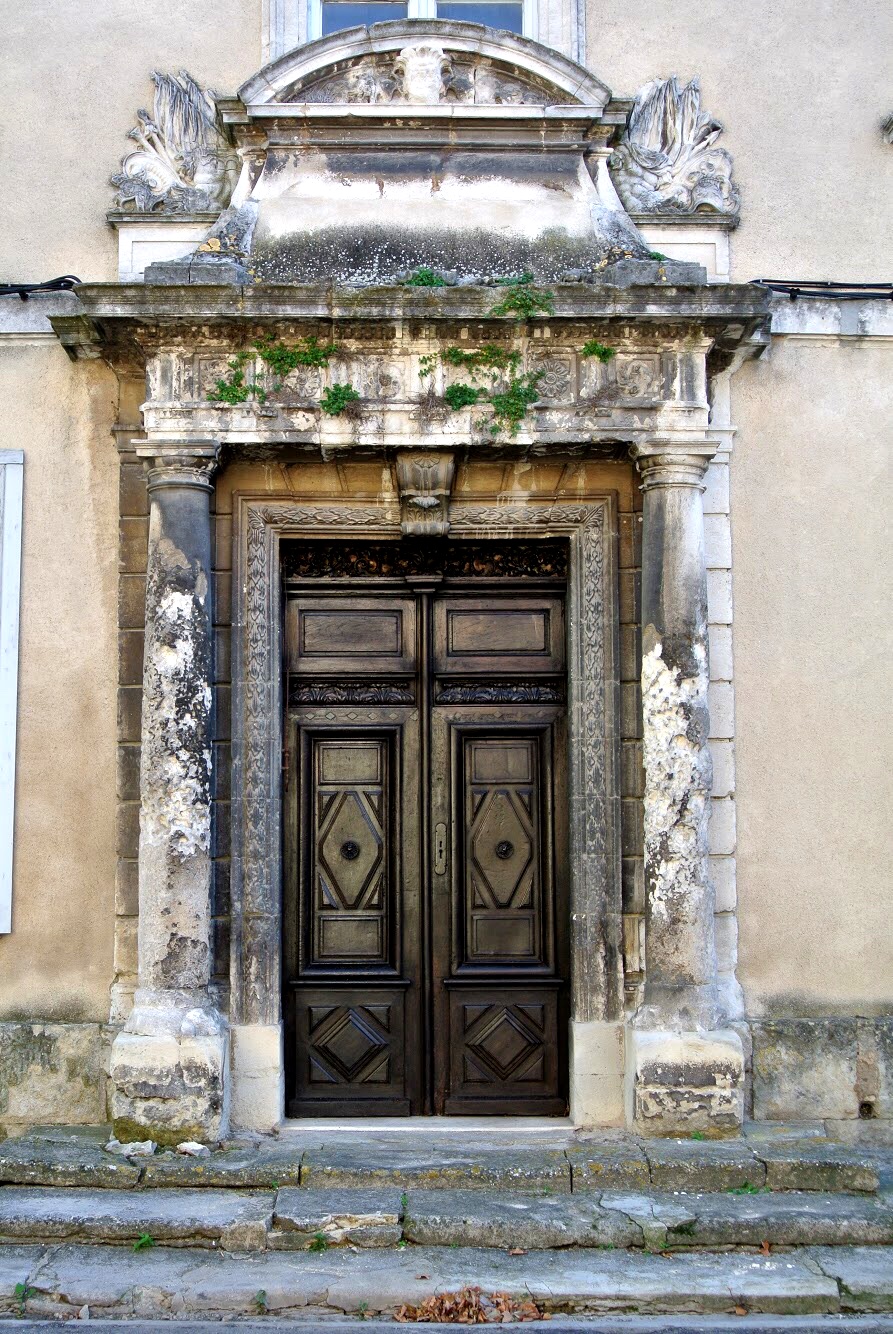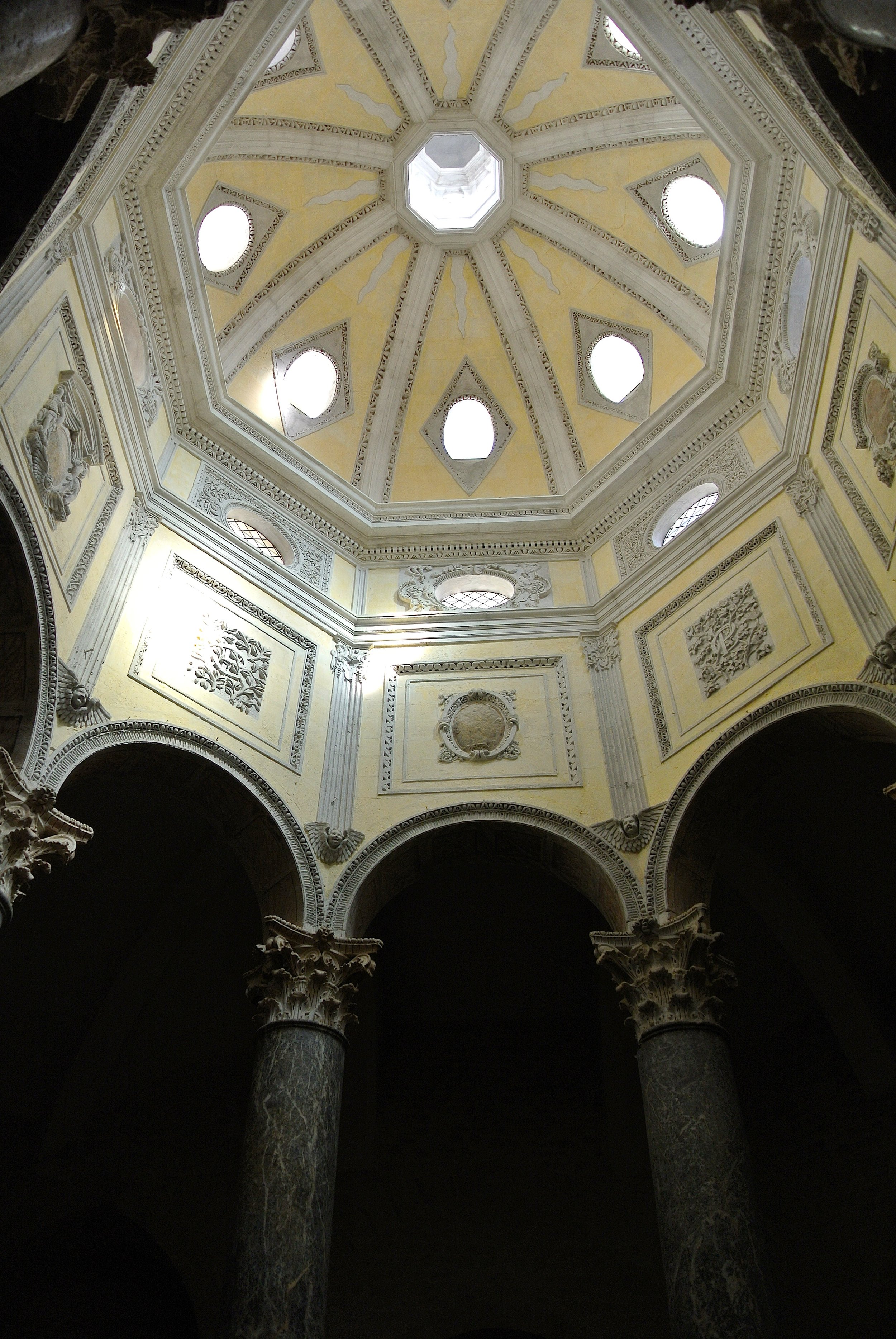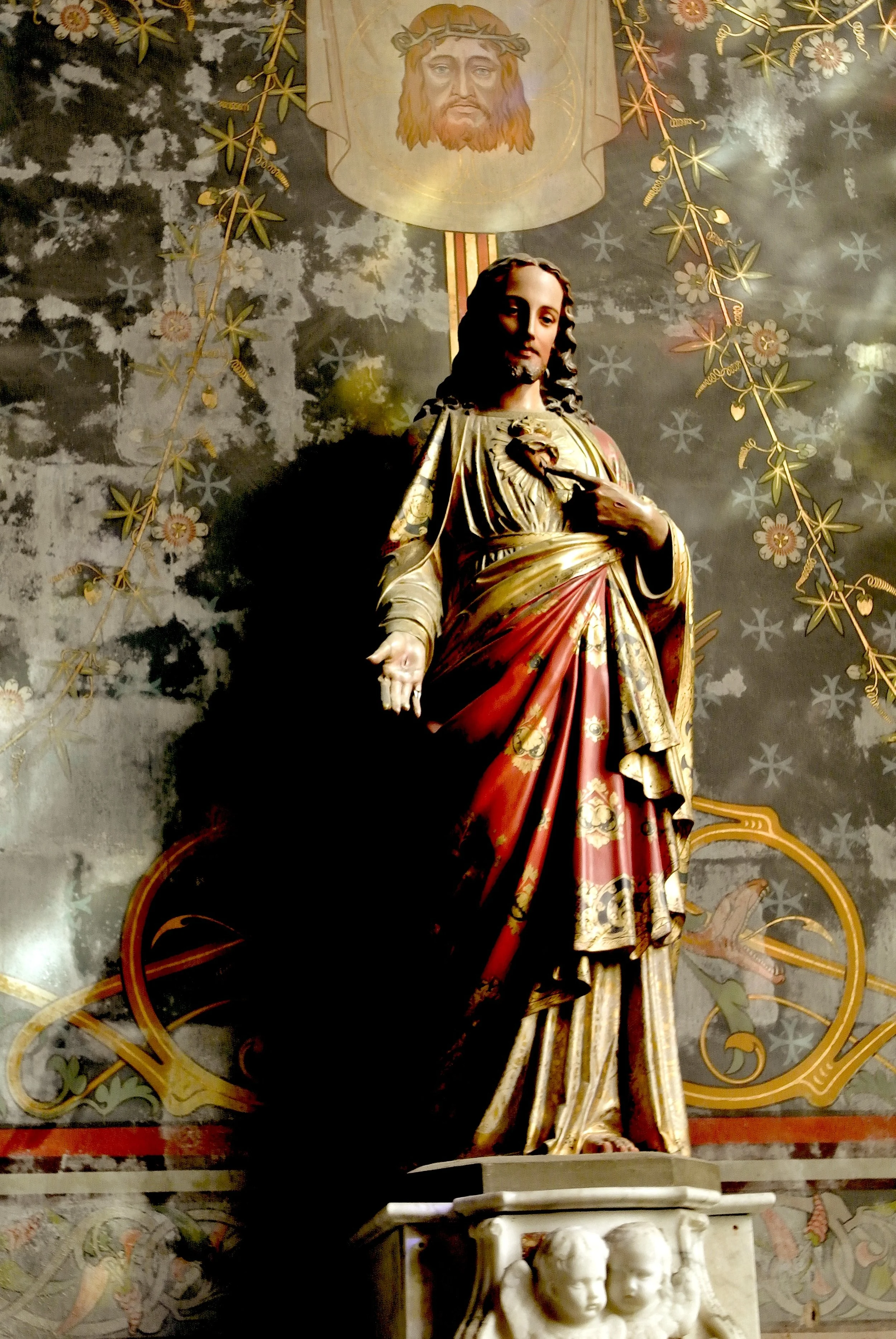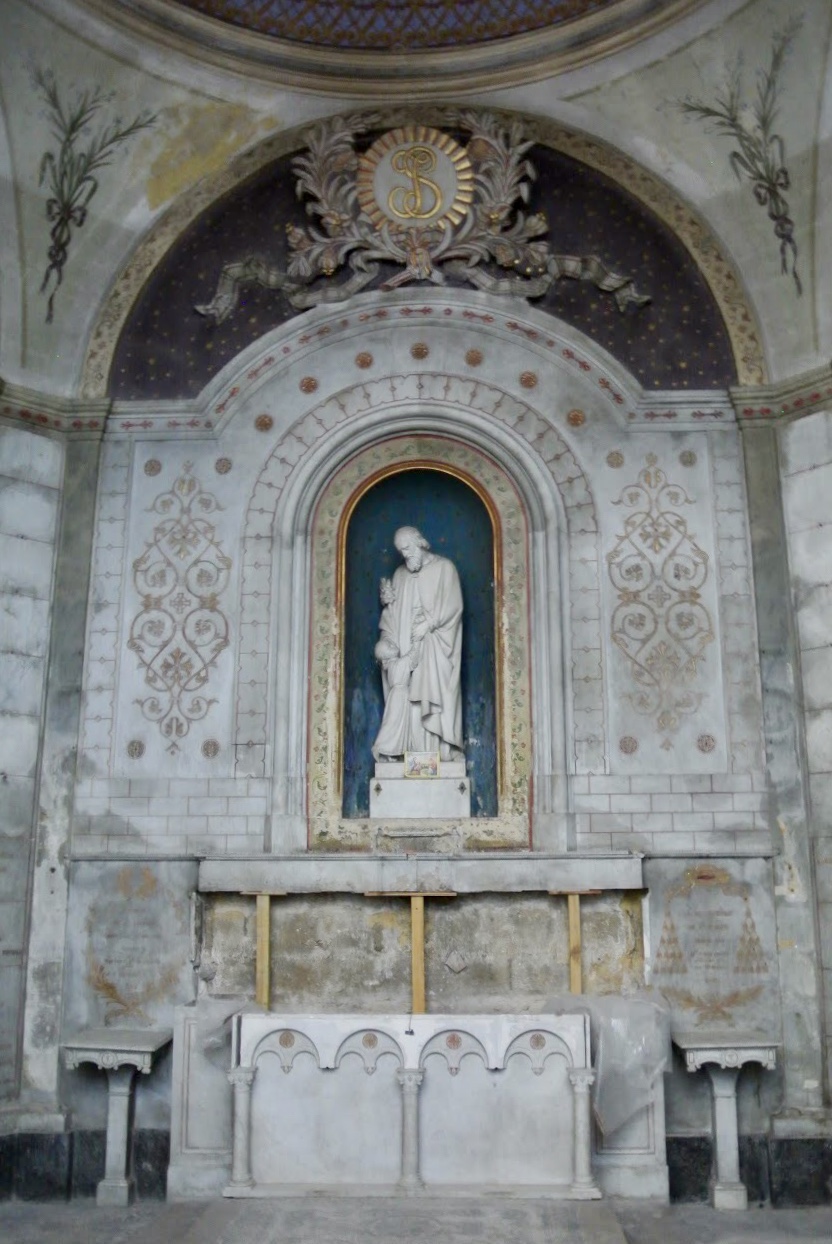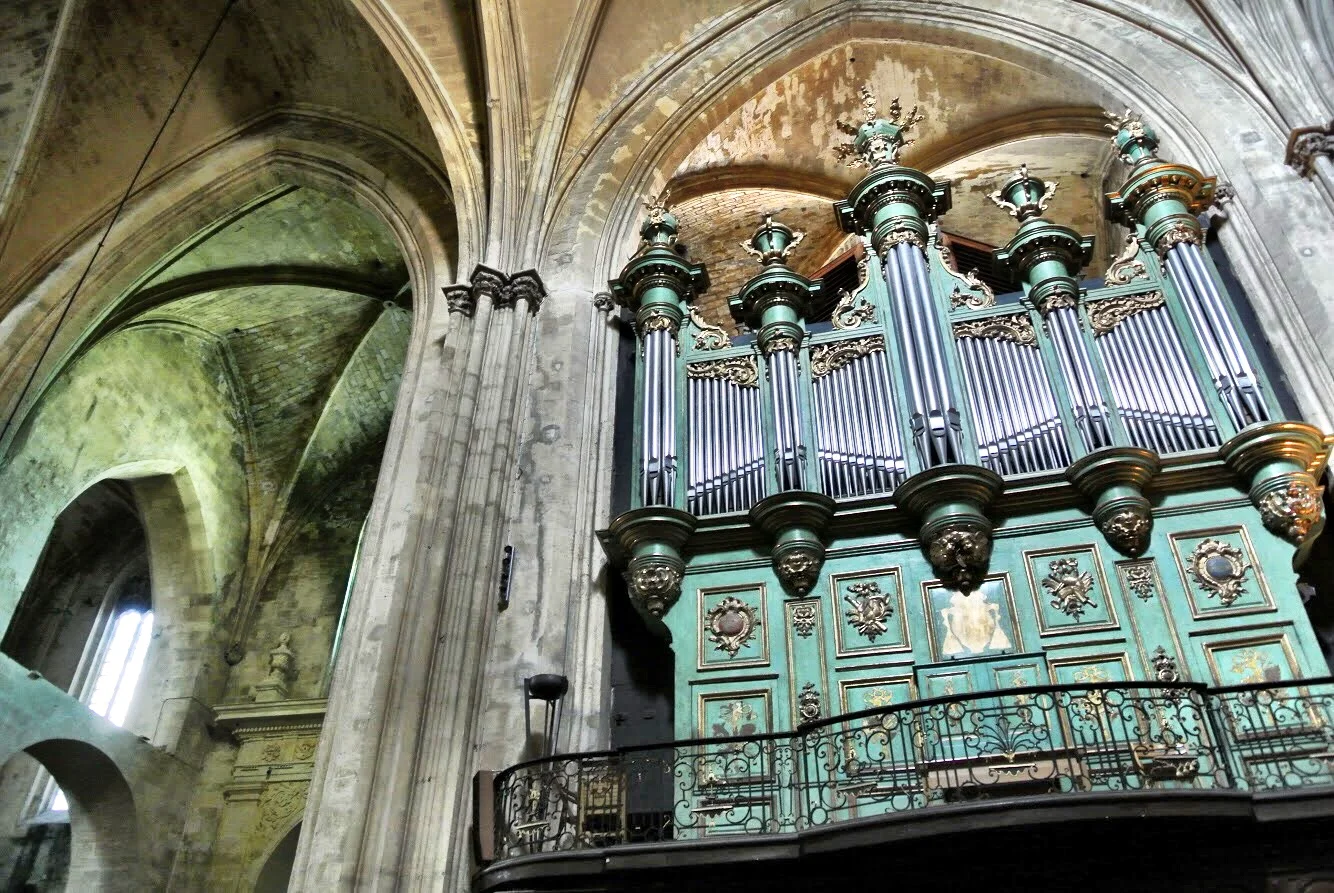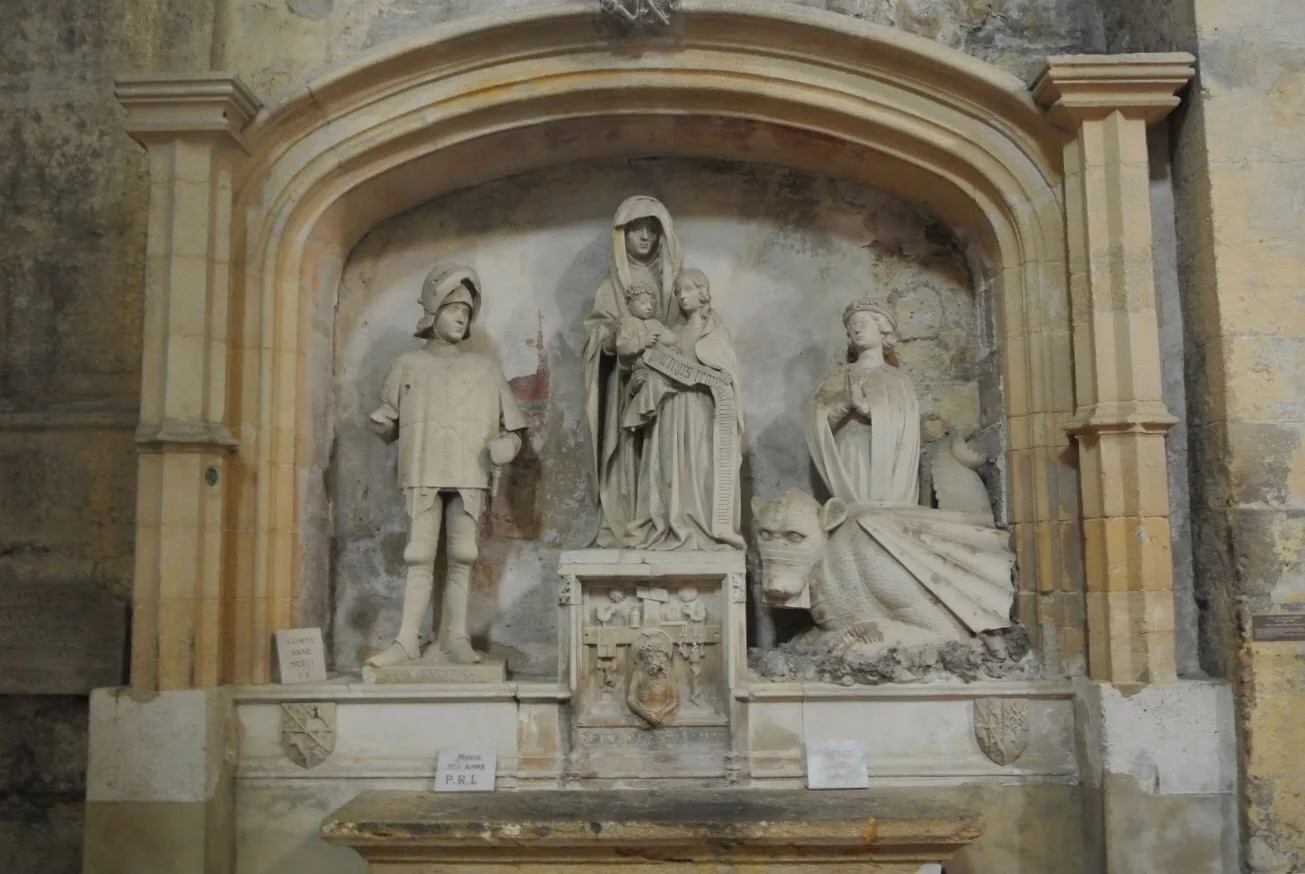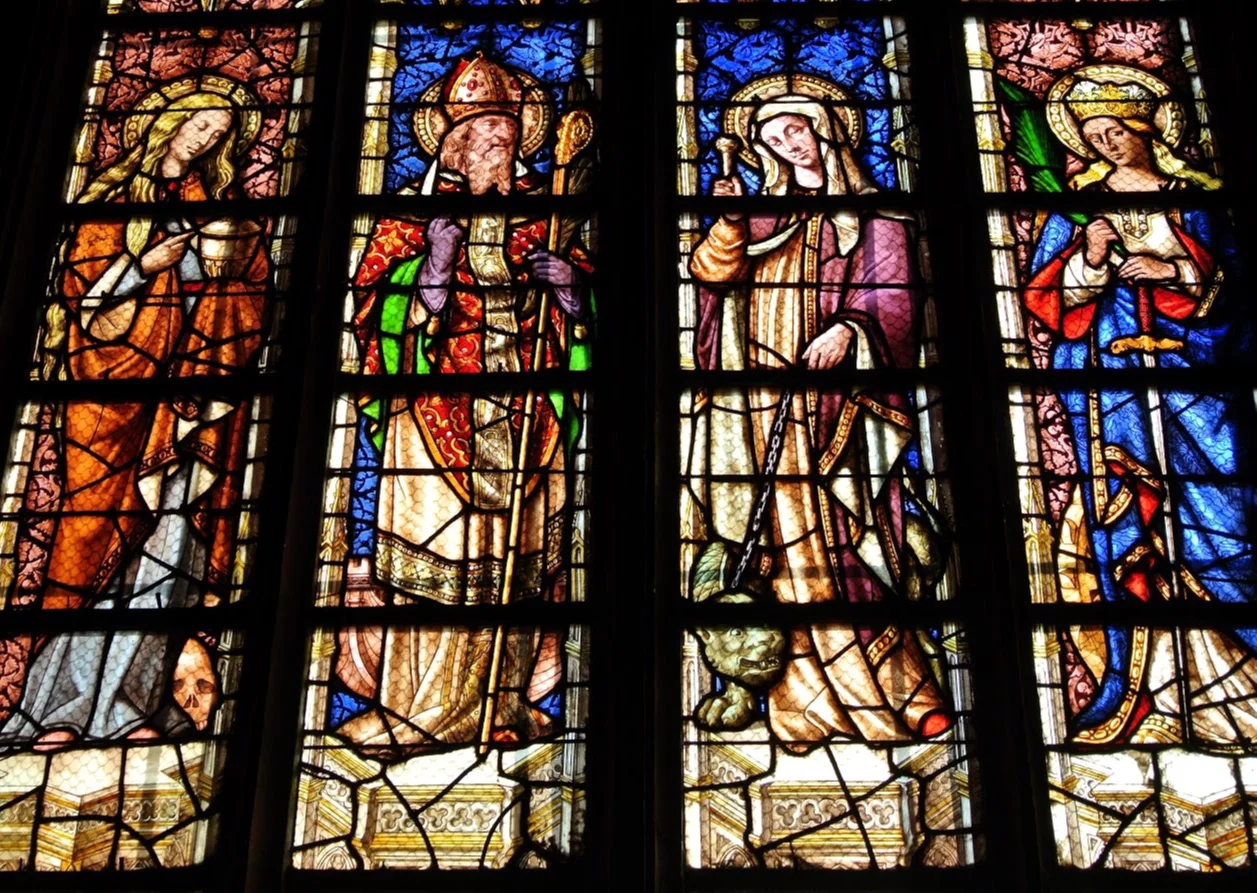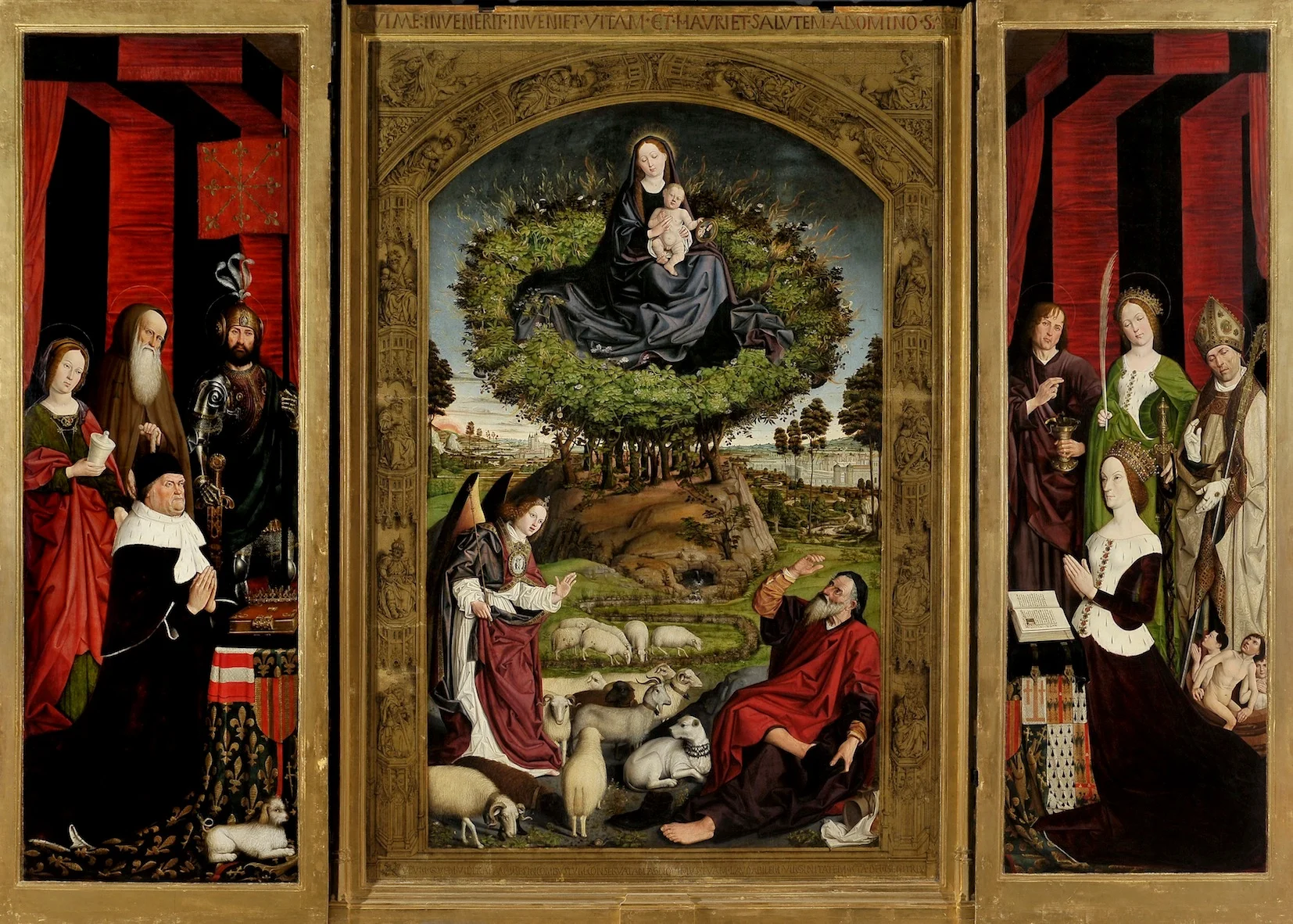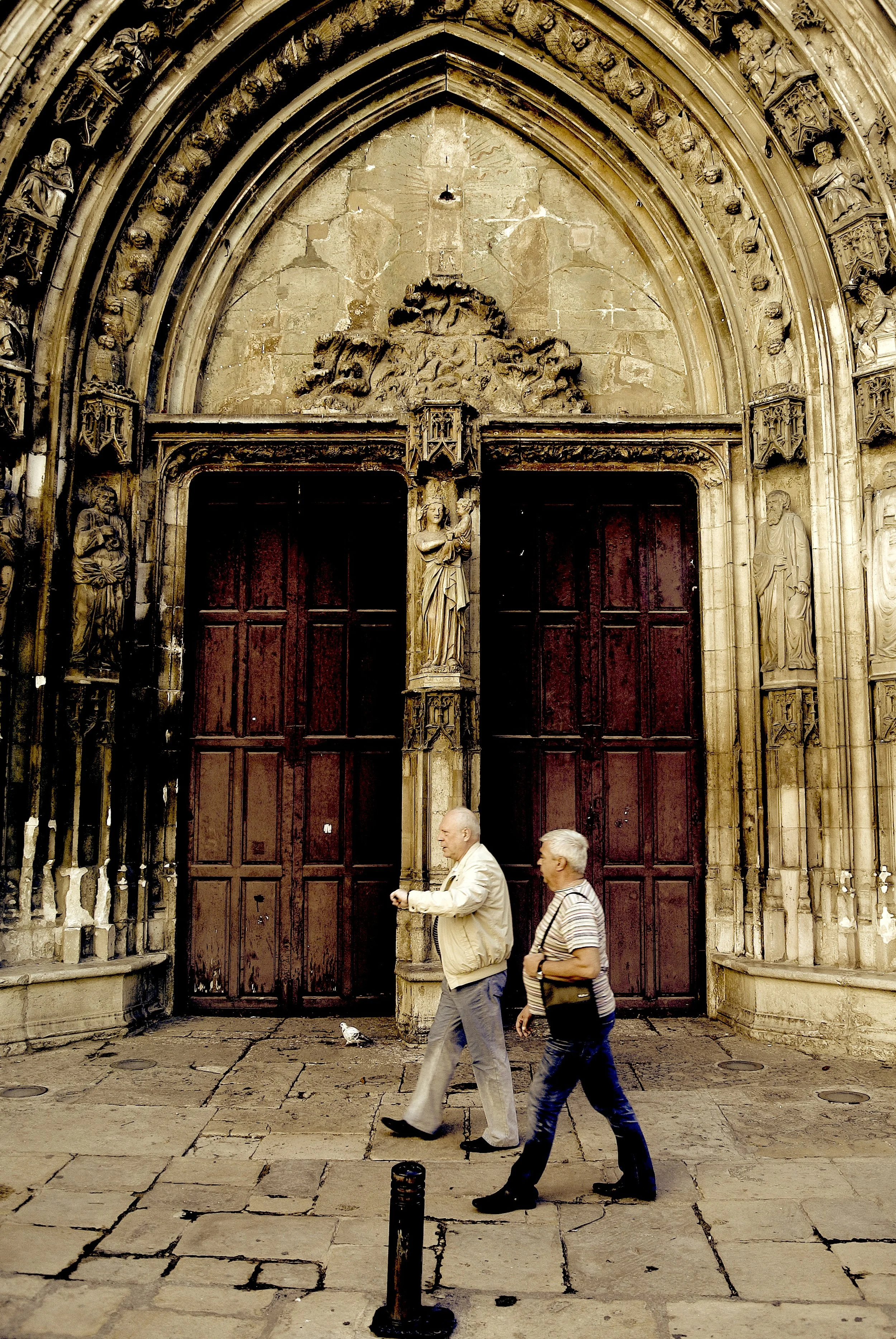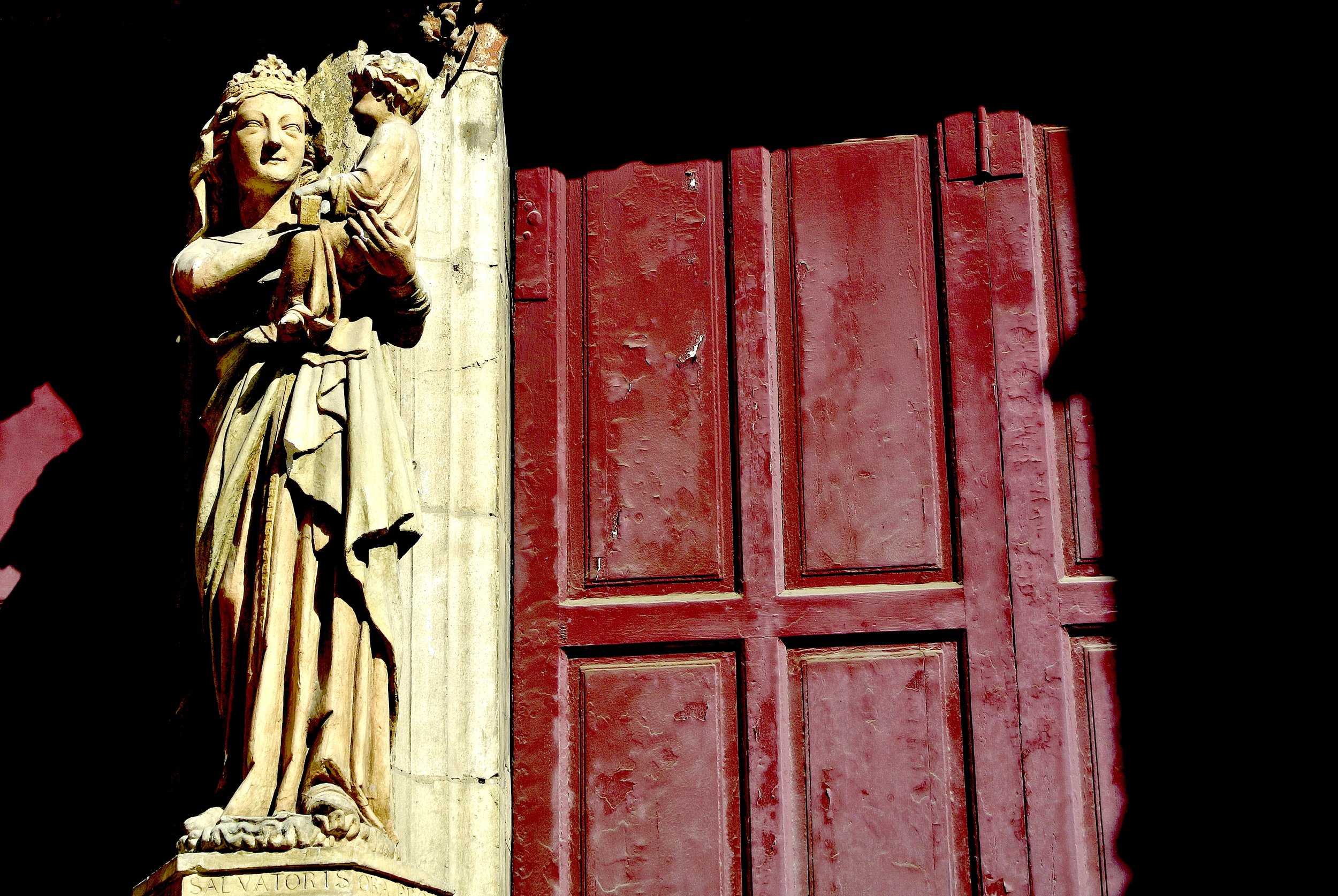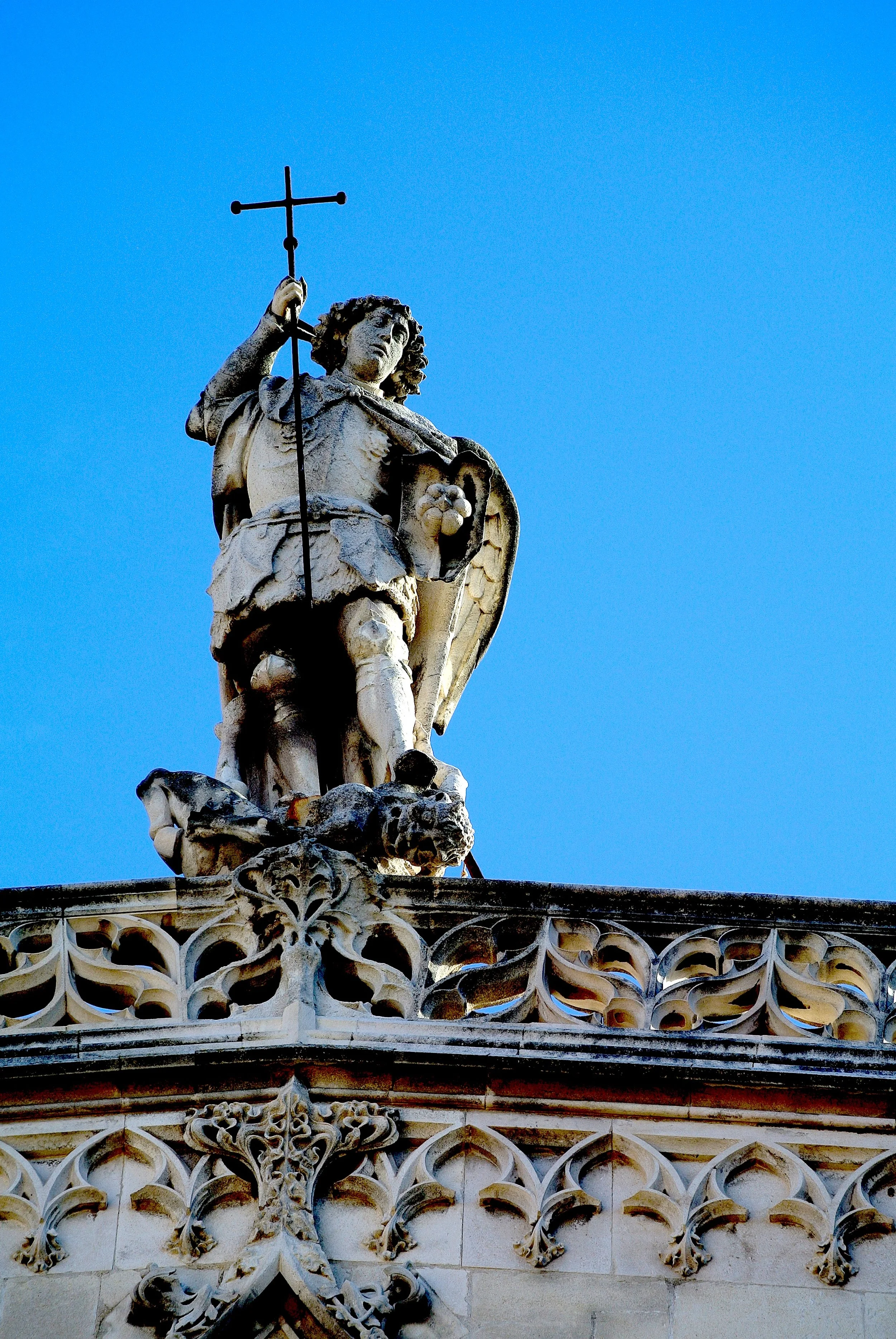A pictorial journey through les portes de Provence, accompanied by quotes about doors.
During the week we spent based in Aix-en-Provence, France, we practically overdosed on adorable. I mean, those people are doing something right. The towns are quaint and filled with markets. You’ll pass through small squares with fountains in the middle.
And then there are the doors. We couldn’t help but snap photos on every street we strolled along. Many of the doors are surprisingly narrow. Many have intricate stone archways with faces guarding the entrance. Many sported intricately carved panels. Some opened in the middle, like giant shutters. A few had somewhat intimidating knockers. And most were of a deep brown wood, though now and then you’d see one painted a blue as bright as the Provençal sky.
Here are our favorite doors from Aix and its environs, paired with quotes about this architectural detail that never fails to captivate. Step right in. –Wally
“There are so many doors to open. I am impatient to begin.
–Daniel Keyes, “Flowers for Algernon””
“Doors are funny things.
Some lead to somewhere exciting and wonderful, while others lead to the mundane and ordinary. Some, because they are gaudy and ornate, usher us into the land of greed and money. But many look unassuming and plain, yet hidden behind their simplicity one can find love; warmth; a cozy fire; a home cooked meal and a beautiful family.
It’s these doors I search for in life and it’s these doors that I shall find.
–Anthony T. Hincks”
“I feel very adventurous. There are so many doors to be opened, and I’m not afraid to look behind them.
–Elizabeth Taylor”
“Windows open out onto the universe around you, but doors will take you to where your imagination lies.
–Anthony T. Hincks”
“If you feel you have to open a particular door, open it, otherwise all your life that door will haunt your mind!
–Mehmet Murat İldan”
“A smile will open more doors than what a frown will.
–Anthony T.Hincks”
“If God had to build a door, it’s because we erected a wall.
–Craig D. Lounsbrough”




